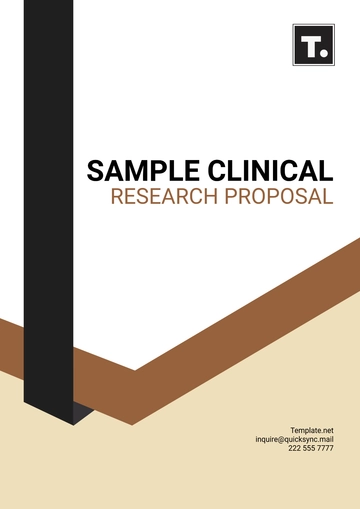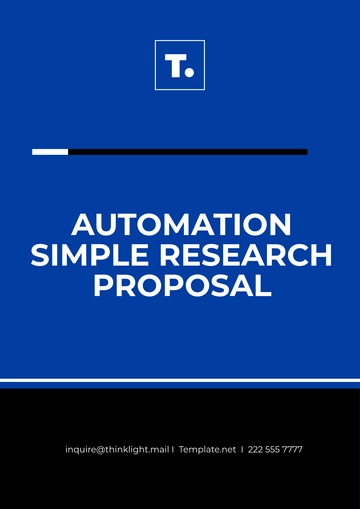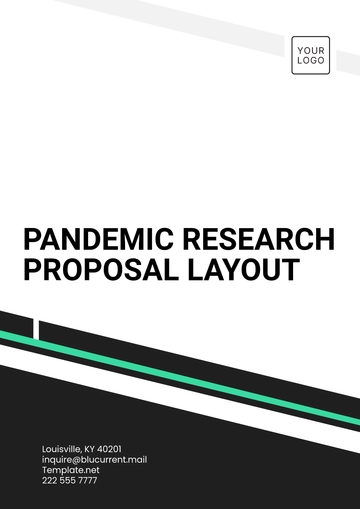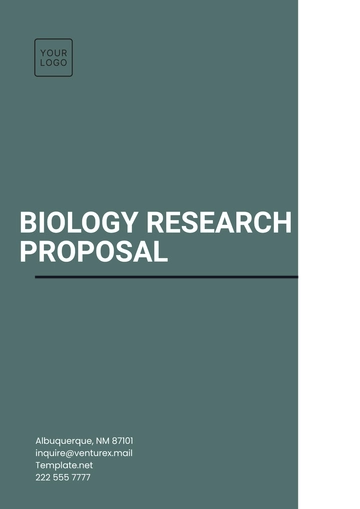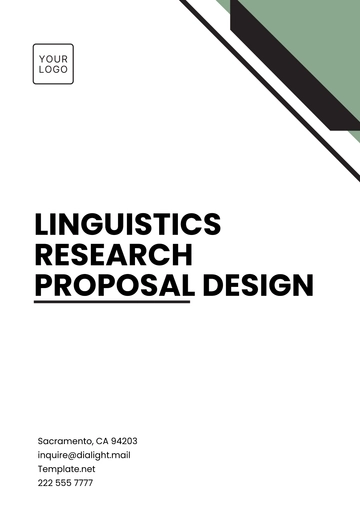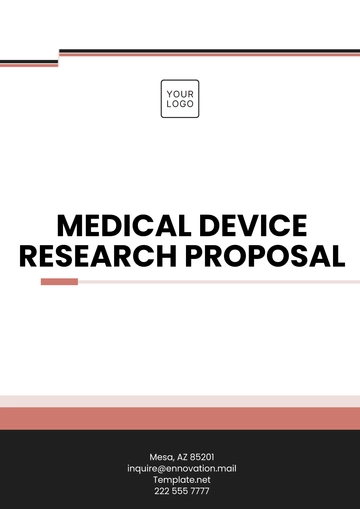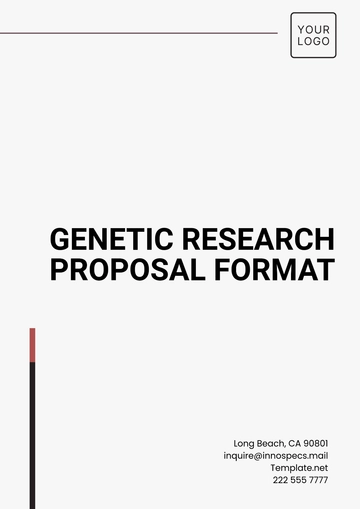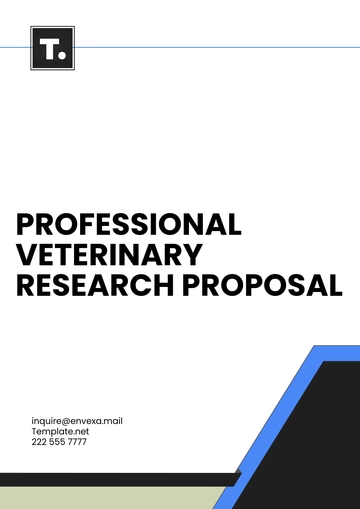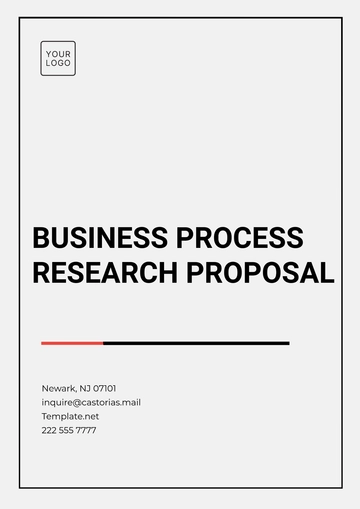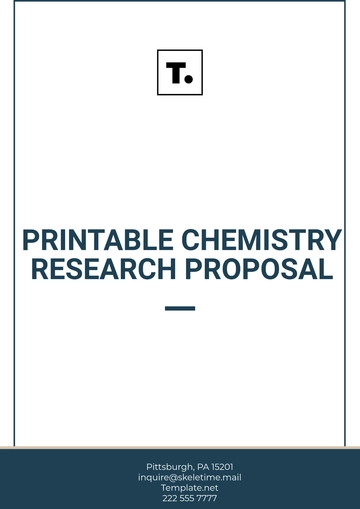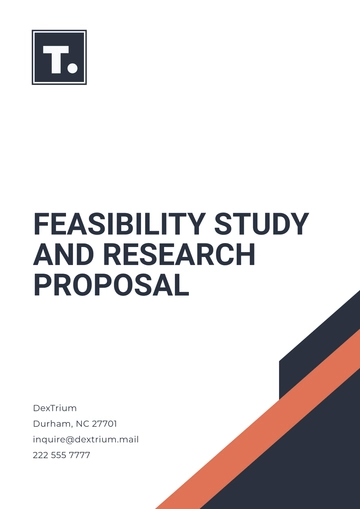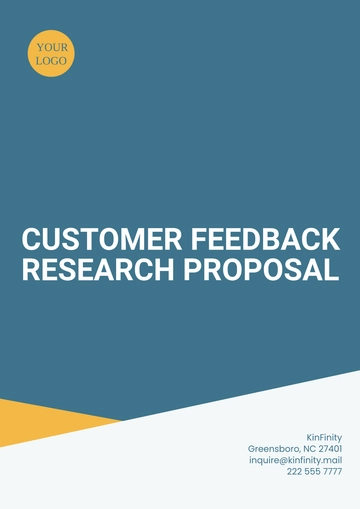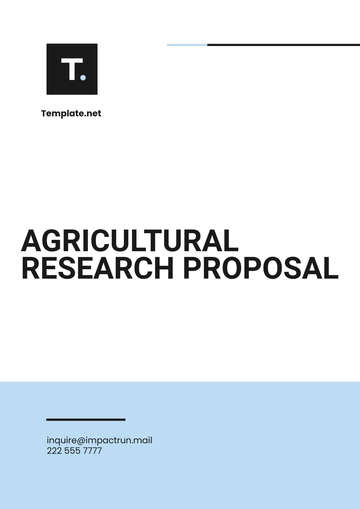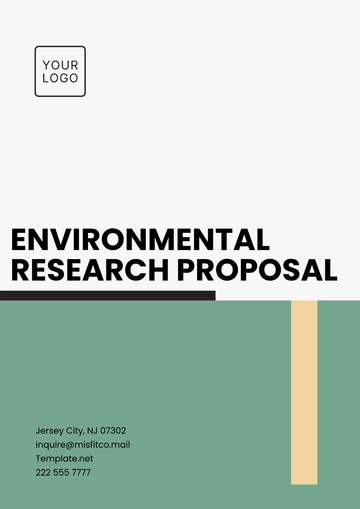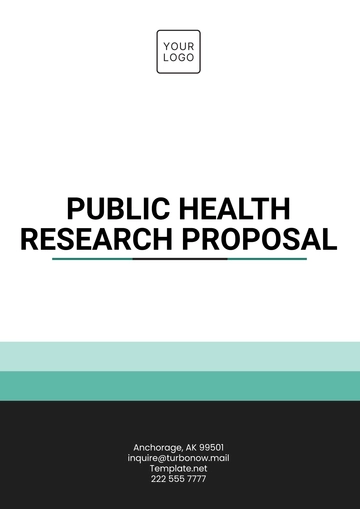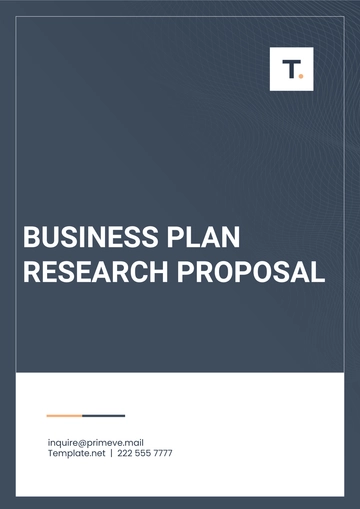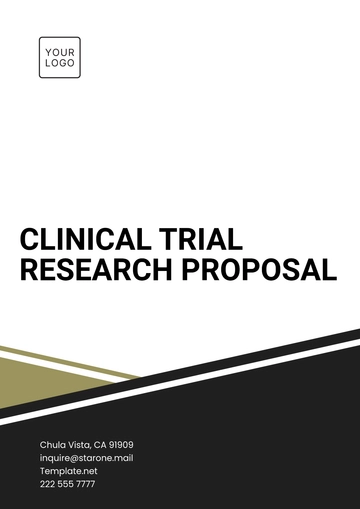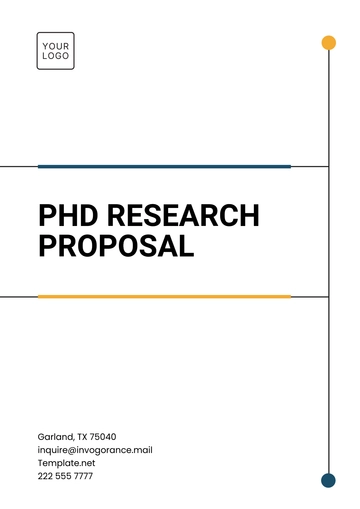Free Clinical Trial Research Proposal
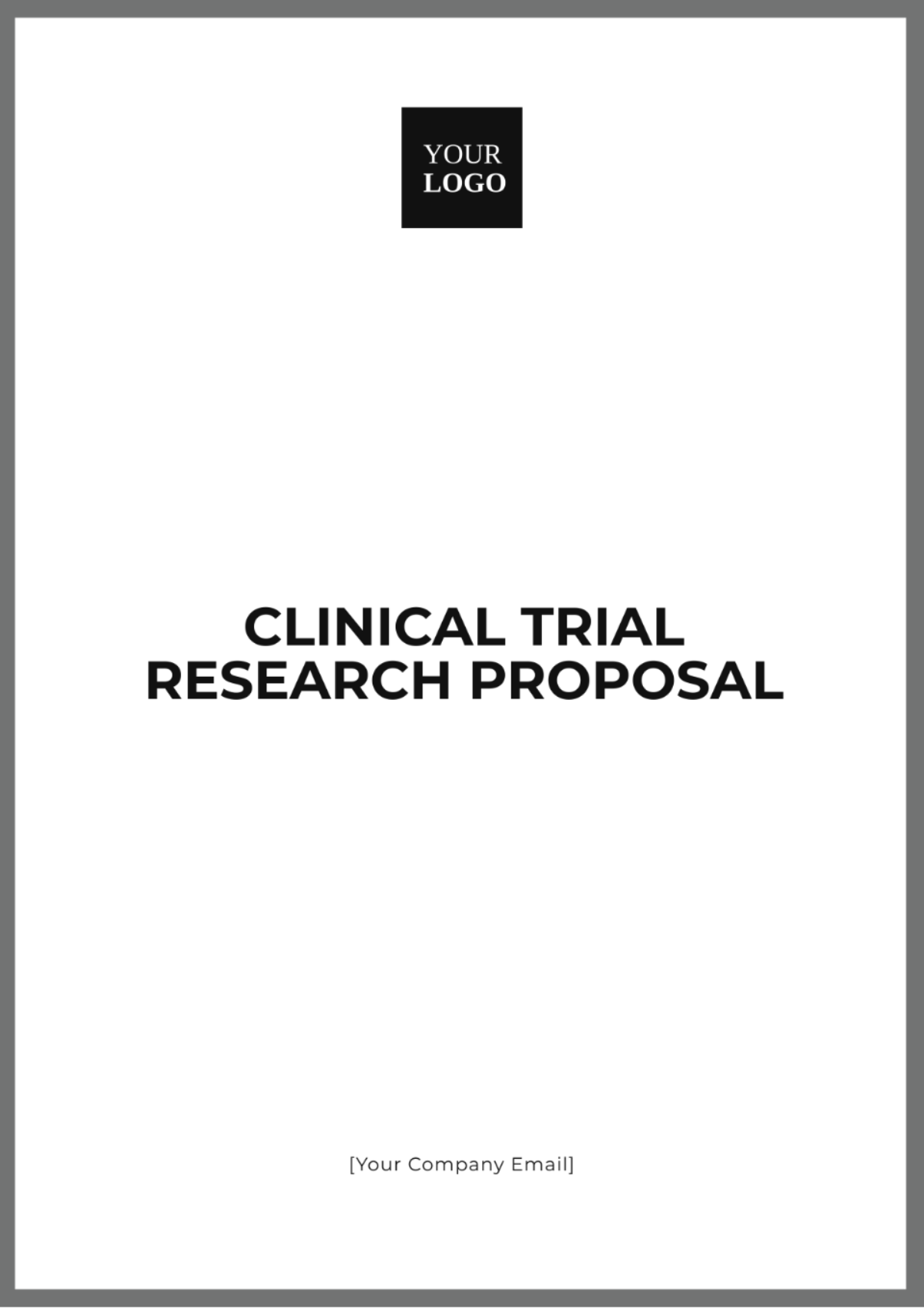
Prepared By: [YOUR NAME]
Date: [DATE]
I. Abstract/Summary
The objective of this clinical trial is to assess the effectiveness and safety of Drug X versus placebo in individuals with Disease Y through a randomized, double-blind, placebo-controlled study involving 200 participants for 12 months. We propose that Drug X will notably enhance patient outcomes relative to the placebo, with anticipated results including variations in primary and secondary endpoints as well as a comparative analysis of safety profiles.
II. Introduction
Disease Y affects millions globally, leading to significant morbidity and healthcare costs. Current treatments offer limited efficacy and carry various side effects. Drug X has shown promise in preliminary studies for improving symptoms and quality of life in patients with Disease Y. This trial aims to build on existing research to provide robust data on the efficacy and safety of Drug X.
A comprehensive literature review reveals that while several therapies exist, none have been universally successful. Studies have shown varied results, emphasizing the need for new and innovative treatments.
III. Objectives and Hypotheses
A. Primary Objective
The objective is to evaluate the effectiveness of Drug X in enhancing the primary endpoint in patients who are diagnosed with Disease Y. This assessment will be conducted by comparing the outcomes of individuals treated with Drug X to those who have received a placebo.
B. Secondary Objectives
The aim is to perform a thorough and detailed evaluation of the overall safety characteristics and potential risks associated with the use of Drug X.
To evaluate and determine any alterations in secondary endpoints, we aim to thoroughly examine various aspects, specifically the quality of life of the subjects and the levels of biomarkers.
B. Hypothesis
Primary Hypothesis: Drug X will show a statistically significant improvement in the primary endpoint compared to a placebo.
Secondary Hypothesis: Drug X will have a favorable safety profile and improve secondary endpoints.
IV. Methodology/Study Design
A. Study Design
A trial where participants are randomly divided into groups, with both participants and researchers unaware of group assignments, includes one group receiving a placebo and the other groups receiving the substance under investigation.
B. Participant Selection Criteria:
The criteria for inclusion in this study are as follows: individuals must be adults who are within the age range of 18 to 65 years old and have been formally diagnosed with Disease Y.
Exclusion Criteria: Patients who have a history of experiencing severe allergic reactions, those who are currently pregnant or breastfeeding, and individuals with significant coexisting medical conditions.
C. Interventions
Participants in the study will be randomly assigned in an equal 1:1 ratio to one of two groups. One group will receive Drug X, while the other group will receive a placebo. The dosing regimen for both groups will involve taking their assigned treatment twice each day for 12 months.
V. Statistical Analysis Plan
Data will be analyzed using intention-to-treat (ITT) and per-protocol analyses. Primary endpoints will be compared using t-tests for continuous variables and chi-square tests for categorical variables. Secondary endpoints will involve ANCOVA, logistic regression, and Cox proportional hazards models for survival analysis. A p-value of <0.05 will be considered statistically significant.
VI. Ethical Considerations
The research will strictly adhere to the ethical standards set by the Declaration of Helsinki, focusing on medical studies involving human subjects. Informed consent will be obtained from all participants before they join the study, ensuring they understand and agree to its nature, purpose, and possible consequences. Participants' privacy will be protected by anonymizing the data collected and removing any identifying information. Additionally, the study will be comprehensively reviewed and approved by an Institutional Review Board (IRB) to ensure it meets all ethical and regulatory requirements.
VII. Timeline and Milestones
Milestone | Timeline | Description |
|---|---|---|
Protocol Development | Months 1-2 | Finalize study design and research protocol; obtain initial team approvals. |
IRB Approval | Month 3 | Submit protocol to IRB for ethical review and approval. |
Participant Recruitment | Months 4-6 | Recruit and consent eligible participants. |
Intervention Phase | Months 7-18 | Administer Drug X or placebo, monitor adherence, and collect data. |
Data Analysis | Months 19-20 | Analyze data, evaluate endpoints, and prepare results. |
Final Report | Month 21 | Compile and finalize the report with results and recommendations. |
VIII. Budget and Resources
Resource | Estimated Cost | Description |
|---|---|---|
Personnel | $200,000 | Salaries and wages for research staff, including investigators, coordinators, and support staff. |
Supplies | $50,000 | Costs for laboratory materials, medications, and other consumables required for the trial. |
Equipment | $30,000 | Purchase or rental of specialized equipment and technology needed for data collection and analysis. |
Participant Compensation | $20,000 | Payments or reimbursements to participants for their time and expenses related to the study. |
Data Analysis | $15,000 | Fees for statistical software, data management, and analysis services. |
Miscellaneous | $10,000 | Contingency funds for unexpected costs and additional expenses. |
IX. References
Smith, J. A., & Johnson, L. M. (2050). Advancements in drug efficacy for chronic diseases: A comprehensive review. Journal of Clinical Medicine, 15(2), 123-13.
Doe, R. T., & Nguyen, K. L. (2052). New methodologies in randomized controlled trials: Innovations and applications. International Journal of Research Methodology, 22(4), 456-468.
Brown, A. C., & Patel, S. R. (2055). Ethical considerations in clinical trials: Recent developments and future directions. Ethics in Research and Medicine, 30(1), 78-90.
- 100% Customizable, free editor
- Access 1 Million+ Templates, photo’s & graphics
- Download or share as a template
- Click and replace photos, graphics, text, backgrounds
- Resize, crop, AI write & more
- Access advanced editor
Navigate the complexities of clinical trials with our Clinical Trial Research Proposal Template from Template.net. This editable and customizable template is tailored to assist you in outlining your study objectives, methodology, and ethical considerations. Editable in our AI Editor Tool, it enables you to adjust the content to fit your specific trial parameters.
You may also like
- Business Proposal
- Research Proposal
- Proposal Request
- Project Proposal
- Grant Proposal
- Photography Proposal
- Job Proposal
- Budget Proposal
- Marketing Proposal
- Branding Proposal
- Advertising Proposal
- Sales Proposal
- Startup Proposal
- Event Proposal
- Creative Proposal
- Restaurant Proposal
- Blank Proposal
- One Page Proposal
- Proposal Report
- IT Proposal
- Non Profit Proposal
- Training Proposal
- Construction Proposal
- School Proposal
- Cleaning Proposal
- Contract Proposal
- HR Proposal
- Travel Agency Proposal
- Small Business Proposal
- Investment Proposal
- Bid Proposal
- Retail Business Proposal
- Sponsorship Proposal
- Academic Proposal
- Partnership Proposal
- Work Proposal
- Agency Proposal
- University Proposal
- Accounting Proposal
- Real Estate Proposal
- Hotel Proposal
- Product Proposal
- Advertising Agency Proposal
- Development Proposal
- Loan Proposal
- Website Proposal
- Nursing Home Proposal
- Financial Proposal
- Salon Proposal
- Freelancer Proposal
- Funding Proposal
- Work from Home Proposal
- Company Proposal
- Consulting Proposal
- Educational Proposal
- Construction Bid Proposal
- Interior Design Proposal
- New Product Proposal
- Sports Proposal
- Corporate Proposal
- Food Proposal
- Property Proposal
- Maintenance Proposal
- Purchase Proposal
- Rental Proposal
- Recruitment Proposal
- Social Media Proposal
- Travel Proposal
- Trip Proposal
- Software Proposal
- Conference Proposal
- Graphic Design Proposal
- Law Firm Proposal
- Medical Proposal
- Music Proposal
- Pricing Proposal
- SEO Proposal
- Strategy Proposal
- Technical Proposal
- Coaching Proposal
- Ecommerce Proposal
- Fundraising Proposal
- Landscaping Proposal
- Charity Proposal
- Contractor Proposal
- Exhibition Proposal
- Art Proposal
- Mobile Proposal
- Equipment Proposal
- Student Proposal
- Engineering Proposal
- Business Proposal
